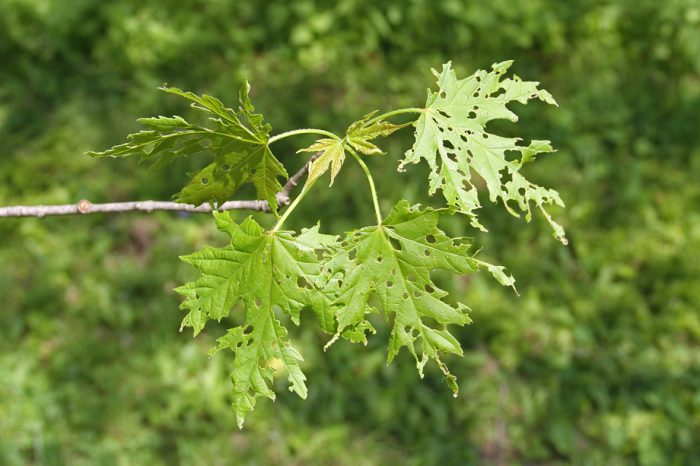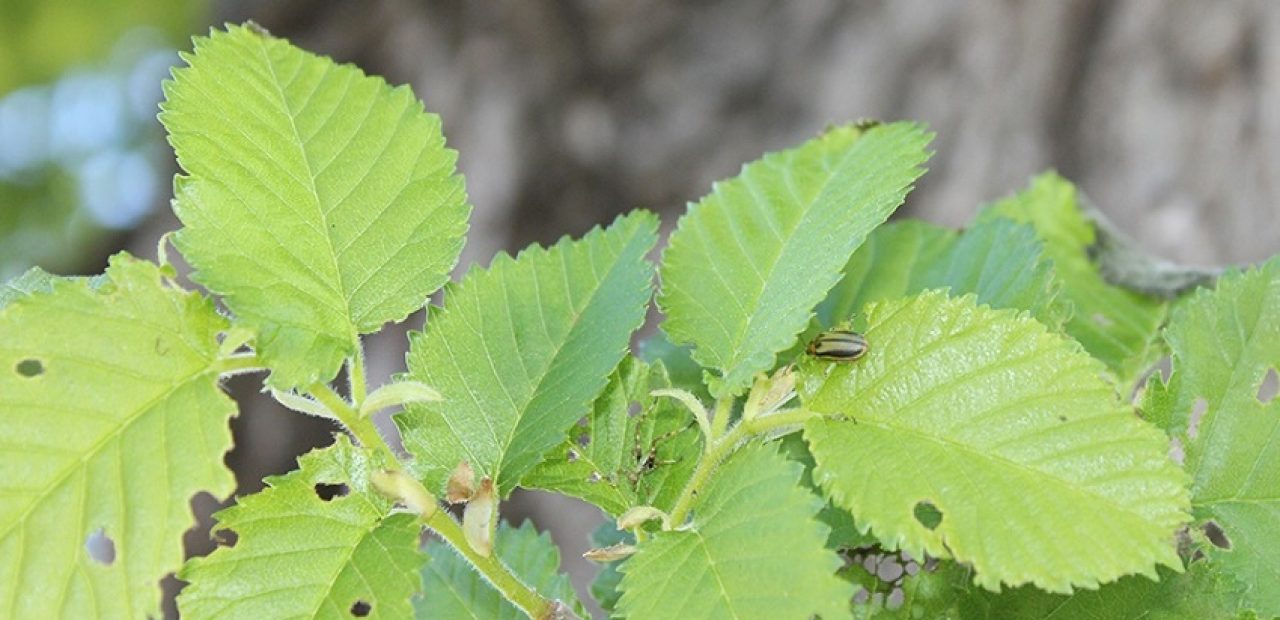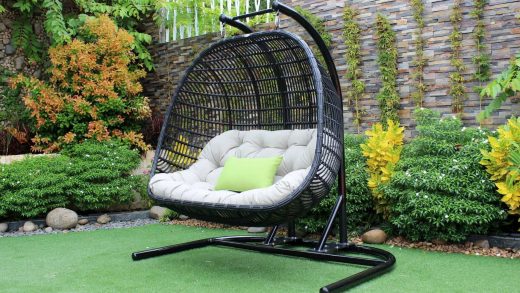Elm Beetle Control: How to Stop the Nightmare of Every Elm Owner
If you’ve noticed damage to the leaves of your Elm trees, and you live in south-eastern Australia, particularly Melbourne or Victoria, the culprit is very likely to be the elm beetle. If left untreated, this pest can completely defoliate an entire tree in only a week which is why it’s currently the most serious threat to the elm population of Australia.
Although the infested tree can regenerate itself the next season, it’s very like that the new foliage will be smaller and distorted. In fact, elms that undergo repeated attacks become weaker after each attack which makes them more susceptible to other diseases and greatly reduces their aesthetic value.
Unfortunately, once your trees are affected, the beetle is likely to return again after its hibernation period. That being said, early elm beetle control is the only way to prevent your gorgeous tree from becoming irreparably damaged. But because treatments involve the use of chemicals, it’s advisable that you hire licensed experts in elm beetle control with a broader knowledge of healthy and environmentally safe alternatives.

What’s more, a licensed tree care professional can correctly identify whether the damage is caused by elm beetles or by another type of pest or disease. Considering how the browning and dieback caused by elm beetles closely resembles the damage made by Dutch elm disease or European flee weevil, it’s easy to mix up the two. So, unless you’re experienced in spotting the signs, you may use a pesticide that doesn’t work on the particular culprit and actually causes more harm than good.
Usually, you’ll be offered one of three treatment options depending on the time of year and the severity of the infestation. One of the most effective and environmentally safe options is trunk injection with Imidacloprid. Once the trunk is injected, the tree will transport the chemical to the leaves where it kills the beetles that start feeding on them. Imidacloprid isn’t safe for the tree, as well as for children, pets and other animals.
Another option is injecting the soil with a chemical which the tree absorbs through its roots. However, this option can be detrimental to any organisms living in the soil, including earthworms and mycorrhiza which can actually have beneficial effects for the tree’s growth. On the other hand, if you don’t approve of the use of pesticides, you can also opt for non-chemical control banding. This option involves bands that wrap around the trunk and trap the larvae, thus breaking the beetle’s life cycle. To be effective, the bands need to be applied before the larvae start to crawl which can vary depending on weather which is why it’s important to monitor closely.
But regardless of what treatment you choose, it’s recommended to perform a professional elm beetle control treatment every three years. Usually, in the third year after the treatment, there’s some noticeable damage which is still at manageable levels. However, if left untreated much longer, the beetle population can increase dramatically.

















